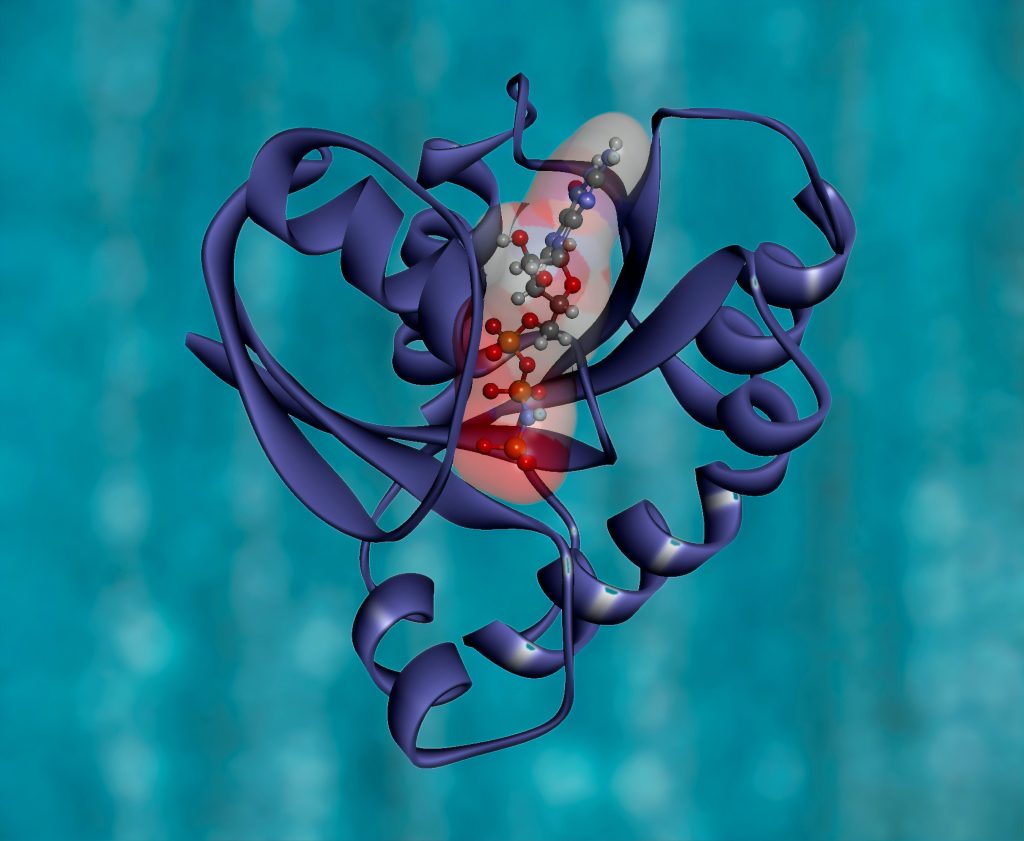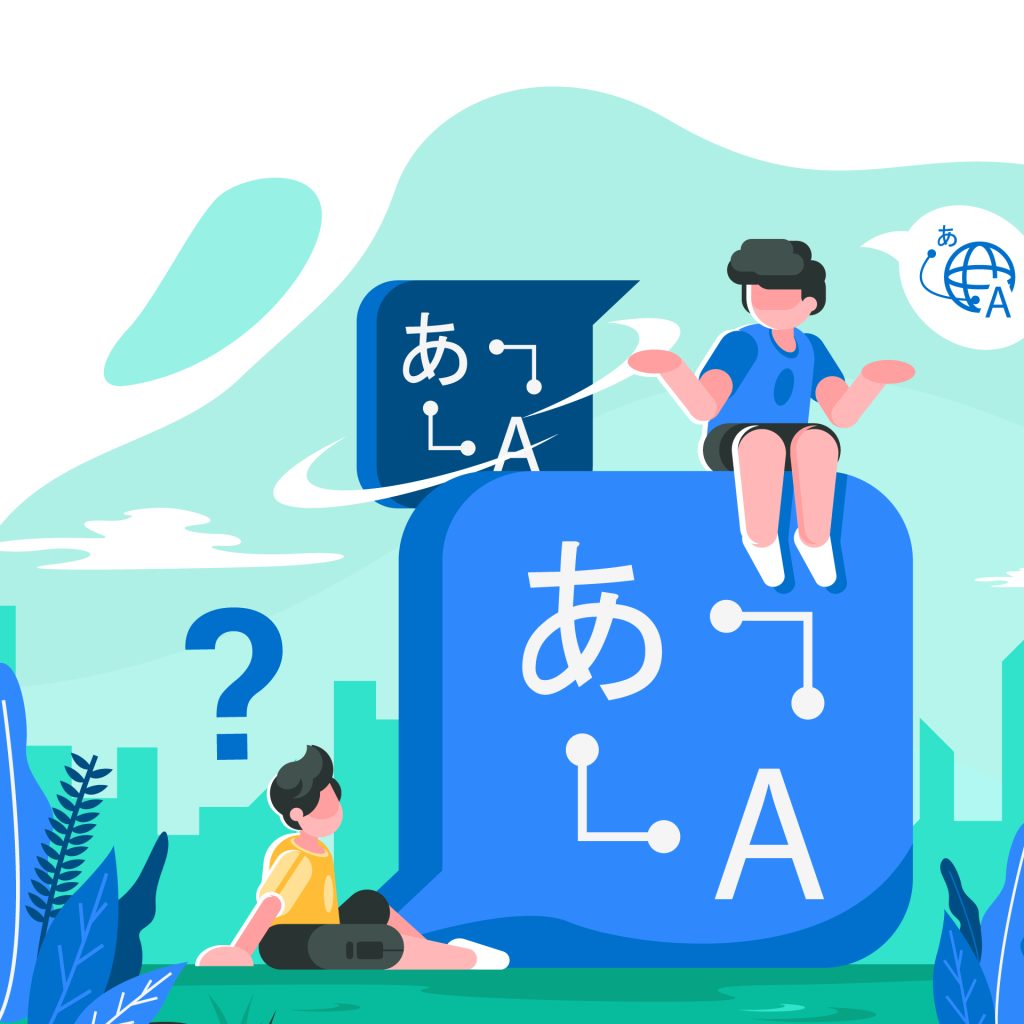Have you ever attempted to recreate a complex real-life scene with AI and been blown away by the lively hyper-realistic depiction it gave you, only to get to the hands and notice they look look more like a distorted octopus? How is it that AI can capture the complexities of a human portrait with such emotion, but then when it gets to the hands, it can’t outperform a kindergartener? Is the hand really more complex than an emotionally charged facial expression or is AI just not that good yet?
The Enigma of Hands
To understand this mystery, let’s first understand anatomy. Hands are one of the most intricate and expressive parts of the human body. You use your hands to convey a multitude of emotions through subtle gestures. Each hand has 27 bones, 34 muscles, and over 100 ligaments, working in perfect harmony to perform everything from delicate tasks like threading a needle to powerful actions like lifting weights. This complexity makes hands particularly challenging for AI to represent accurately.
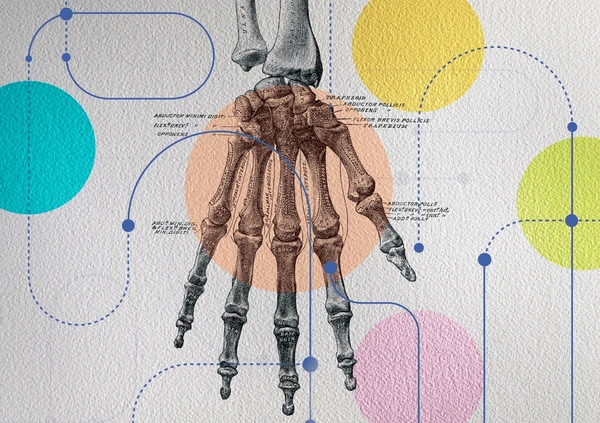
What AI Can’t See
AI, in its essence, learns from data. It analyzes thousands—if not millions—of images to understand patterns and features. However, the subtle nuances of hands often escape these algorithms. Unlike a seasoned human artist who understands the anatomy and the way light interacts with the contours of the hand, AI tends to blend what it has learned into a mishmash of features that can result in extra fingers, distorted joints, or simply awkward-looking hands.
Imagine trying to learn to draw by looking at millions of pictures, but without the innate understanding of how things fit together in three-dimensional space. That’s the challenge AI faces. Even the most advanced models can struggle with these subtleties because they lack the human experience and intuitive grasp of physics and anatomy.
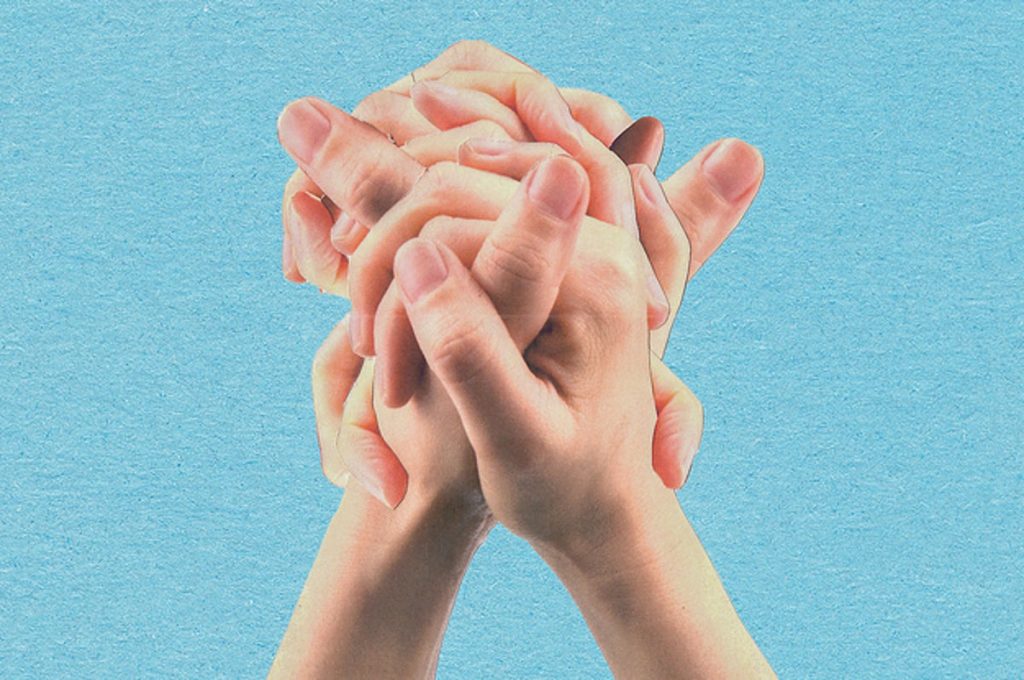

A Relatable Blunder
Let’s put this into perspective with a real-world scenario. Remember the time you tried to draw a hand for the first time? You probably ended up with something that looked more like a spider or a starfish than a human hand. Even Michelangelo and Da Vinci struggled with hands, often practicing countless sketches to get them just right.
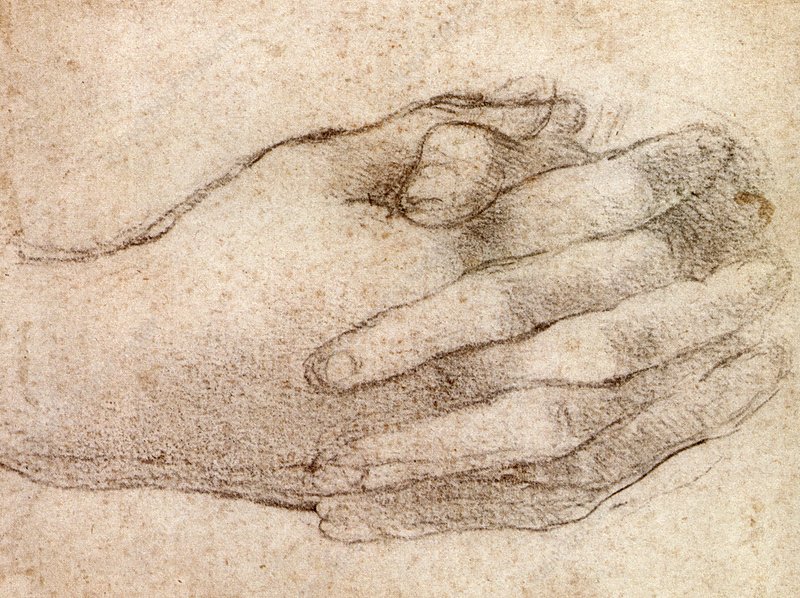

AI Heroes: Bridging the Gap
At AI Heroes, we understand the challenges AI faces and are dedicated to pushing the boundaries of what’s possible. Our team of experts works tirelessly to refine AI models, ensuring they can handle even the most intricate details, like human hands.
We believe in the power of AI to transform industries, but we also recognize its current limitations. That’s why we don’t just stop at developing AI solutions; we collaborate closely with our clients to ensure these solutions are practical and effective.
Be part of the innovation.
If you’re fascinated by the potential of AI and want to see how it can revolutionize your business, reach out to AI Heroes today.
